Research from our group
-
Coherences in the Photosystem and Quantum Biology: One of the biggest
challenges in achieving quantum computing is avoiding decoherence, which is extremely difficult.
It is there of great interest that extraordinarily long lived coherences (>600 fs) have been
found in the FMO complex, which is a part of the photosystem of green sulfur bacteria. We have
developed a simple, almost analytic approach to calculate the time evolution of the system,
taking into account, the coupling with the surroundings properly. The method has been applied
and found to be very successful
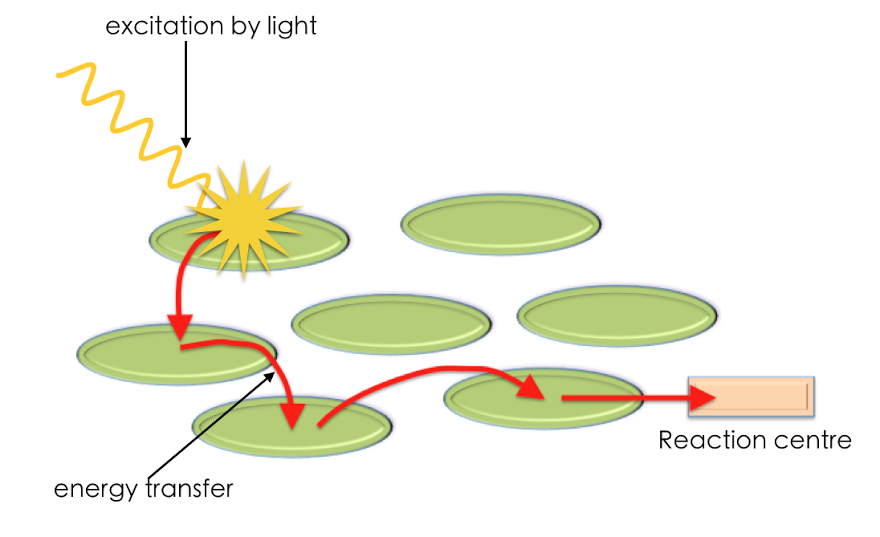
-
Energy transfer in nano sized systems: We have been interested in the
theory of energy transfer in nano-sized systems. In particular, we have looked at energy transfer
from a dye molecule to a nano-particle, where we found the distance dependence of the rate to be
the usual (distance)-6. In comparison for energy transfer to graphene, the rate was predicted to
be proportional to (distance)-4, while for energy transfer to nanotubes it was found to be
(distance)-5. The prediction for graphene has been experimentally verified and has found
extensive applications in sensing chemicals.


-
Anomalous diffusion: Random walks are used as models for diffusion. In a
usual random walk, the displacement of the walker after a time t, is proportional to t1/2 . However,
it is possible to have diffusion processes in which the displacement is proportional to tα with 0<α<2.
A model for such motion are Levy noise driven walks. We have developed a path integral method for
such walks, which enables us to calculate propagators for any problem, that is at the most harmonic.
We have also looked at the relaxation of such systems.

-
Kramers Problem for polymer molecules: How do long chain molecules
overcome barriers in space? We have recently suggested a kink mechanism, which suggests that
they can do this rather efficiently. This is an interesting generalisation of the classic
Kramers problem and of importance in biophysical chemistry.
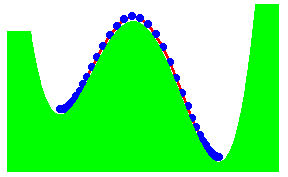
- Molecular Roller: Can one have chemisorbed molecules, which move
on the surface by rolling rather than sliding? Click here to see for a molecule which perhaps
can, according to our theoretical calculations.

- Molecular Ratchets:
Can one have molecules which are ratchet like
and have them rotate in one direction so that they may be used as parts of nanomotors? Recently,
the molecule shown in the figure was synthesised by Kelly et. al [Angew. Chem. Int. Ed. Engl. 36,
1866 (1997) ].

- Coupled Cluster Theory:
We have (long ago !) developed a time dependent
version of the coupled cluster theory (CCT). The paper referred to below is one of the first
applications for CCT to a genuinely time dependent problem. The problem involves the neutralization
of an ion which is scattered from the surface of a metal was studied using a time dependent version
of the Newns-Anderson Hamiltonian.
- Dynamics of Barrierless Reactions:
Another problem that is quite interesting
is the dynamics of barrierless reactions. A simple model for such reactions would be a particle executing
one-dimensional random walk on a harmonic potential, in presence of a delta function sink, located at
some position. An exact solution to this model was proposed by Sebastian.
- Principle of Maximum Hardness:
The principle of maximum hardness, suggested by Pearson states:
"Molecules arrange their electronic structure so as to have the maximum possible hardness".
If true, this is a very interesting concept. The principle has been claimed to have been proved rigorously .
- Theoretical Electrochemistry:
Normally, a reaction may be modelled as the escape
of a particle from one side of a double well to the other side. The theory of this is well developed (known as
the Kramers problem - for a generalization to the case of polymers, see the section on polymers). Now suppose
the reaction takes place on a metal surface. Then, due to the existence of a continuum electronic (e-h)
excitations, there are is contiuum of potential energy surfaces to be considered!
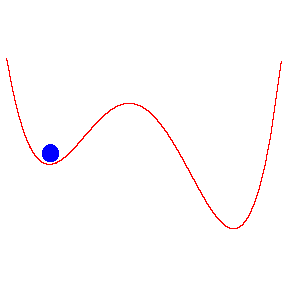
- Umbrella Inversion of a Molecular Rattle: Can one have umbrella inversions through
a ring? Our calculations show that cyclononatetraenyl lithium is a molecular rattle in which lithium atom can go
through the ring if one vibrationally excites it to the 12th vibrational level!
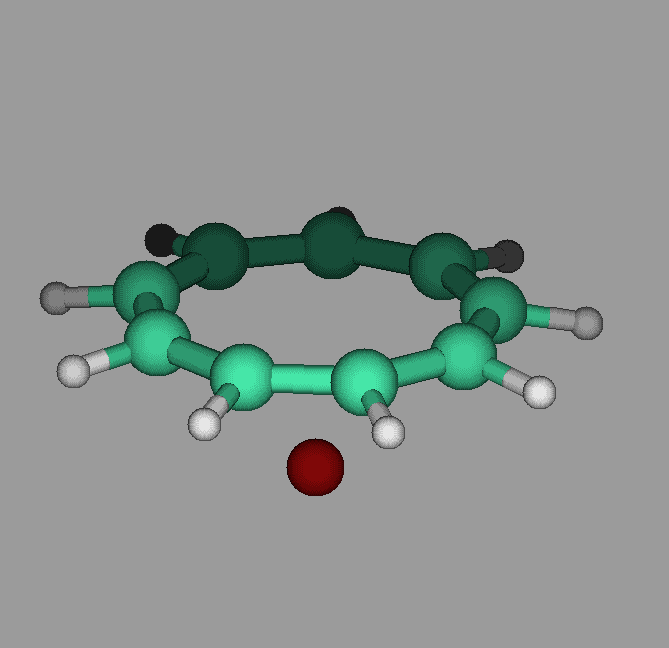
- Polymers: Equilibrium and
Non-equilibrium Statistical Mechanics: A large part of our
work on this topic can be classified as Biophysical Chemistry. Some of which includes: -
Adsorption Problems
Barrier Crossing - Kramers Problem for Polymers
Pulling a polymer out of a well
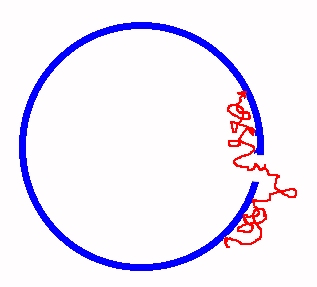
- Path Integrals:
I have been interested in path integrals for a long time
used them for the description of a variety of problems in chemical physics. This includes evaluation of path
integrals and their applications to tunneling problems (STM), reaction dynamics, and chemical physics of polymers.
- Molecular Devices Nanotechnology and
Surface Physics: We have investigated dynamical effects
in tunneling in Scanning Tunneling Microscopy. It is well known that in the case of metals, the image interaction
can lead to significant lowering of the barrier height. The image interaction arises because of the displace of
surface plasmons of the metal. We ask: what happens when the tunneling time is comparable to the time required
to displace the plasmons?
